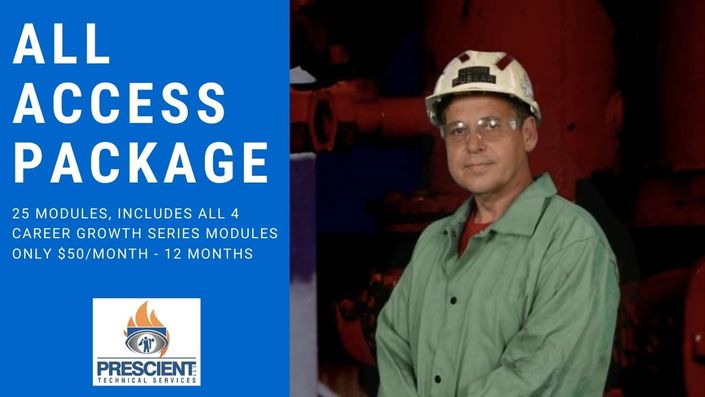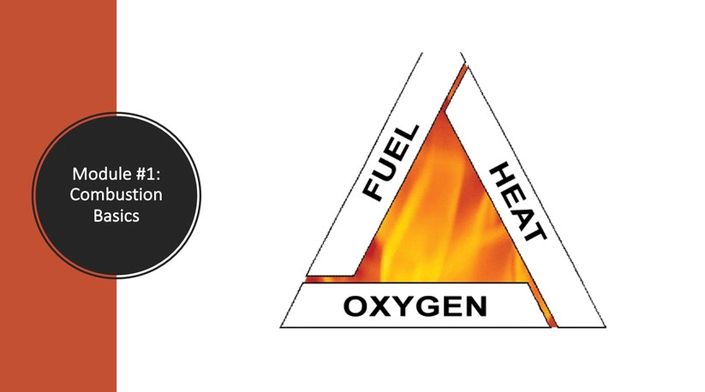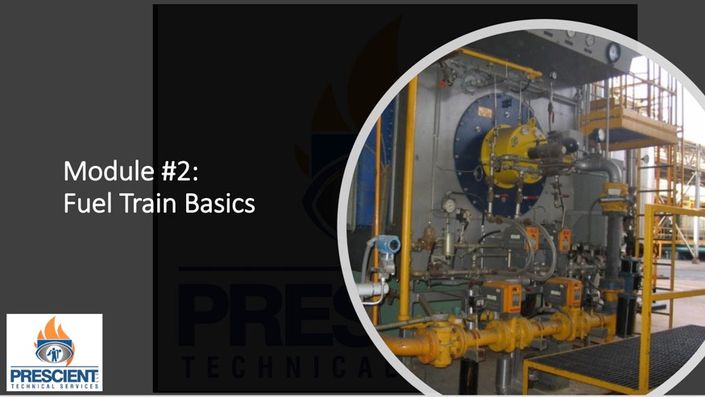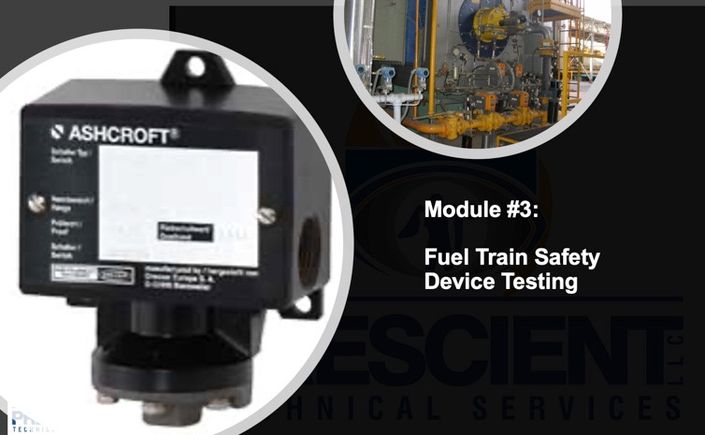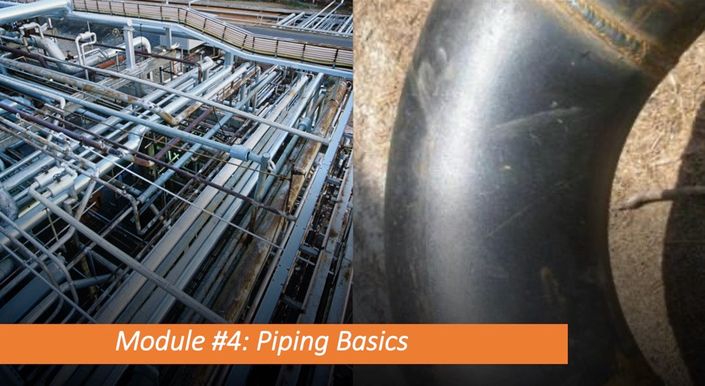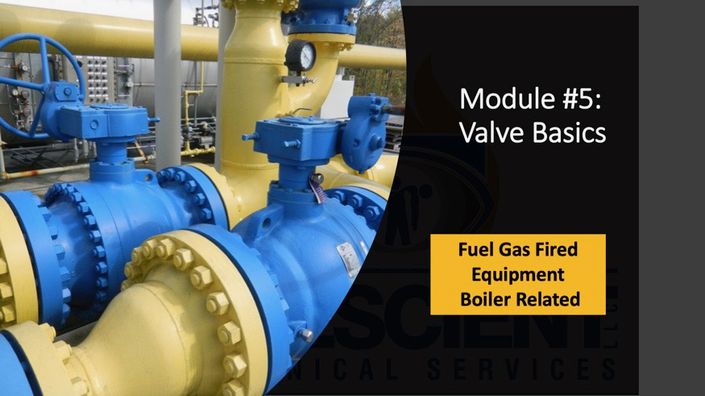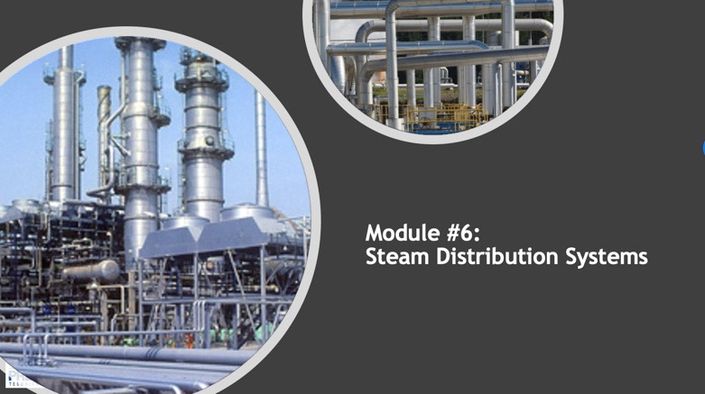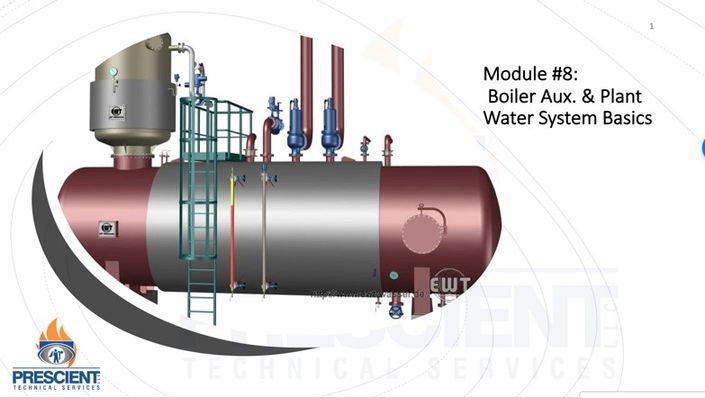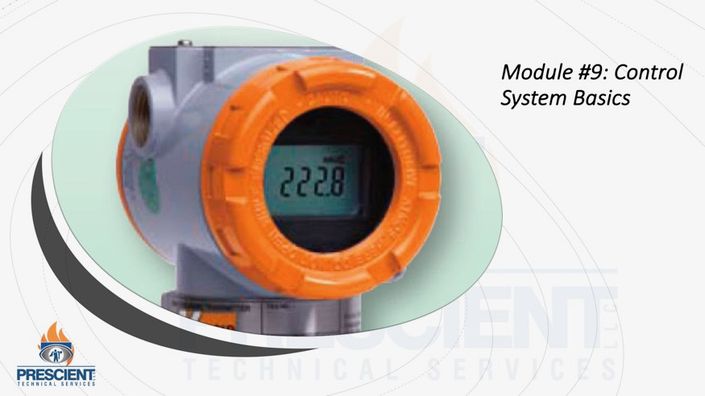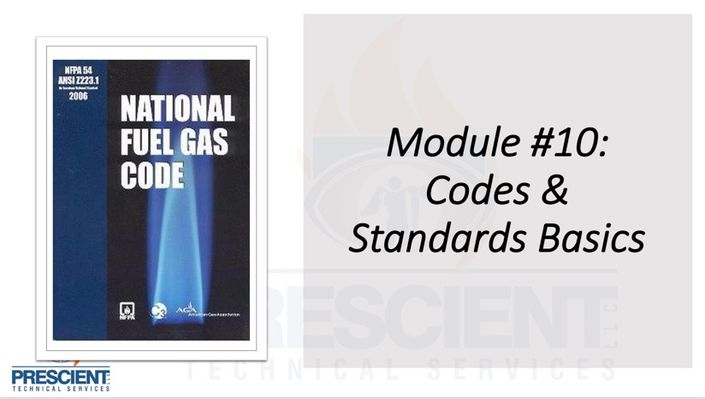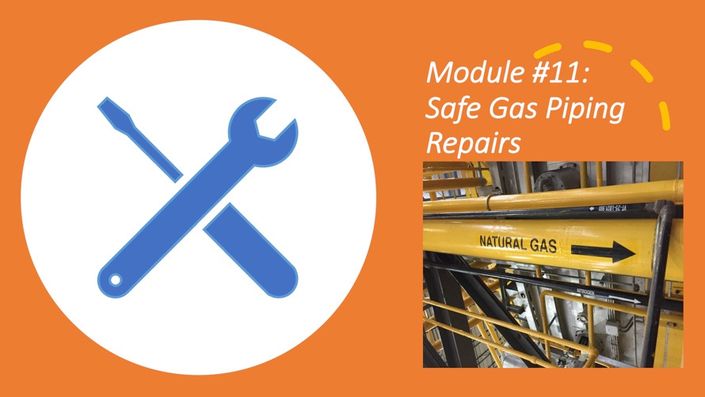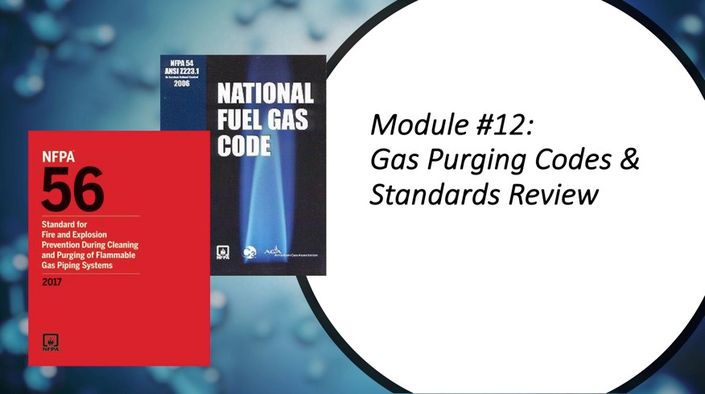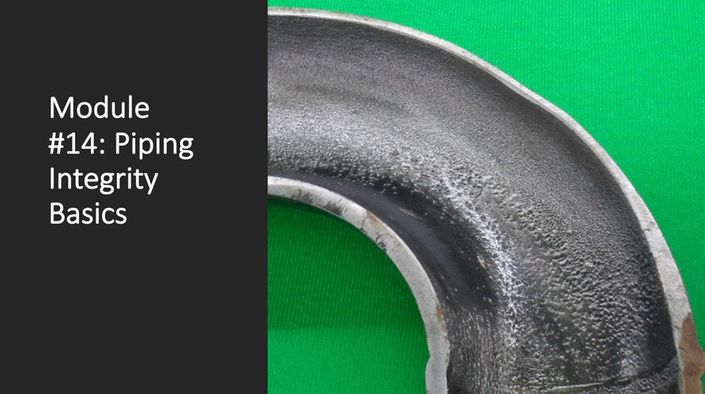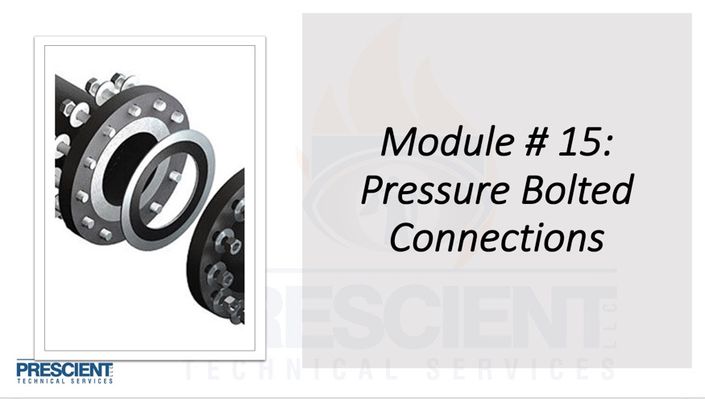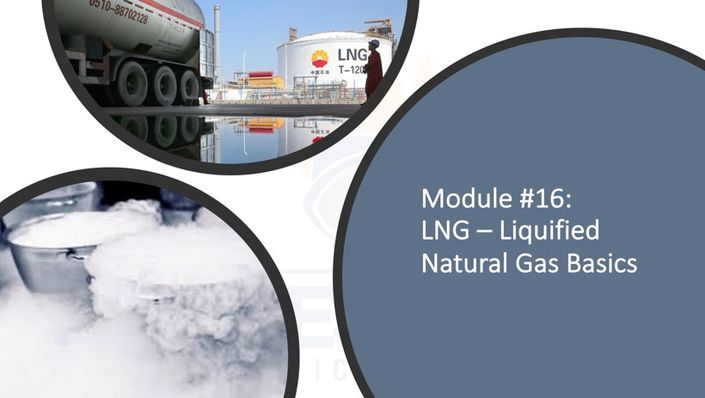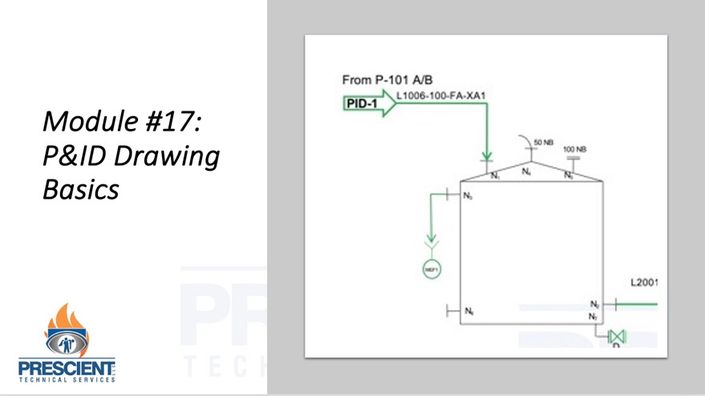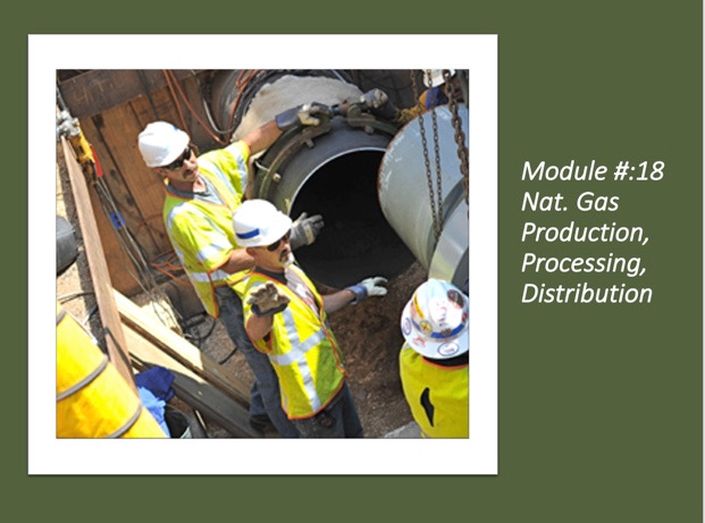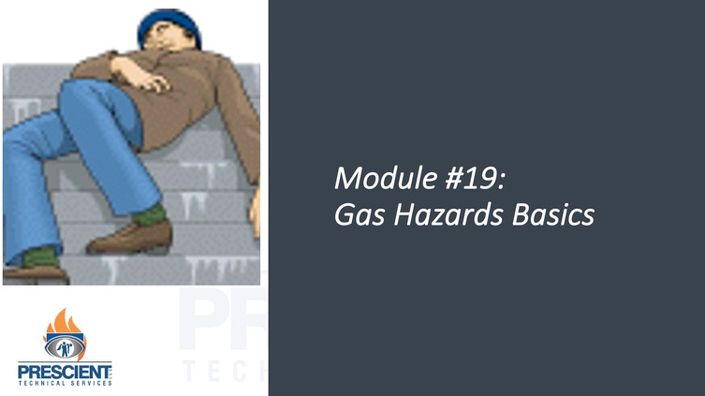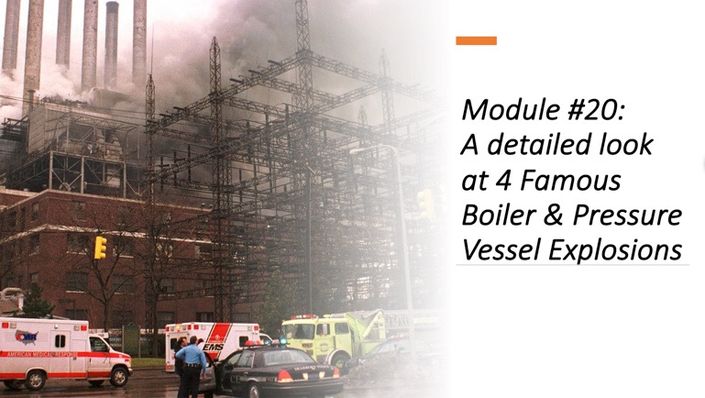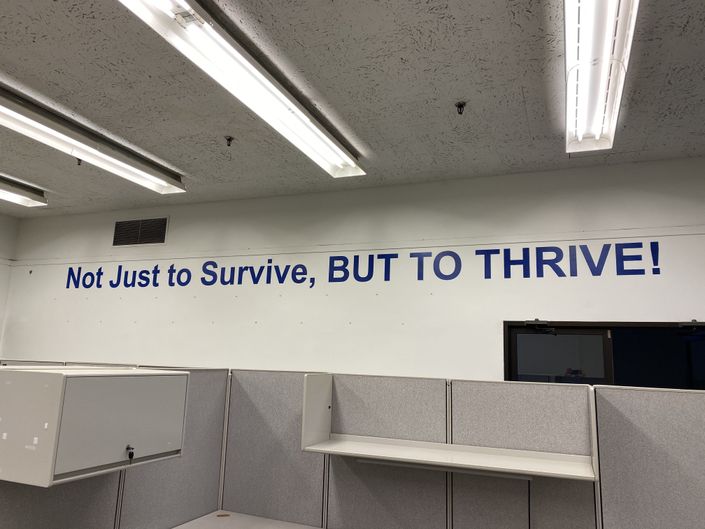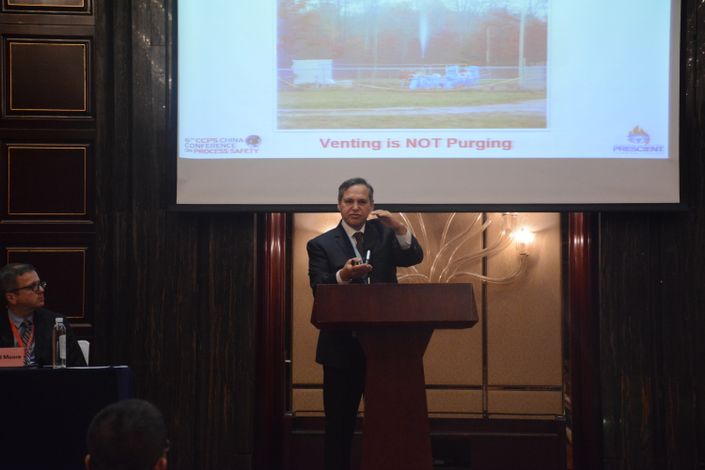
At Least 20 Things that you will learn:
- Definition of combustion
- Fire Triangle explained
- How explosions occur
- Detonation versus deflagration
- UEL/LEL and the range of flammability
- Fuel air ratio & excess air
- Heating value
- Fuels & combustion system units & terms
- Ignition temperature
- Specific gravity
- Flame speed
- Products of combustion
- Carbon monoxide production and hazards
- Stoichiometric combustion
- Burner system basic designs
- Draft Systems - forced, induced, balanced & natural
- Where and how to look at a flame and what to look for.
- Color, shape, location, symmetry, and stability explained.
- Refractory types
- Real life hazards - starting up, smoking - flooded fire box, refractory damage.
Example Curriculum - 94 minutes w/o quizzes
Course Introduction
Available in
days
days
after you enroll
Module 1 - Combustion Basics
Available in
days
days
after you enroll
- Section 1: Definition, Fire Triangle, Explosions (5:35)
- Quiz #1
- All About Fuels (3:20)
- Quiz #2
- Section 2: Fire Triangle (FT) Legs "Fuels" (9:16)
- Quiz #3
- Units of Measure, Terms, Nomenclature (1:59)
- Quiz #4
- FT Legs "Oxygen & Heat" (4:21)
- Quiz #5
- Section 3: Combustion Chemistry (7:39)
- Quiz #6
- Section 4: Combustion Systems Design & Equipment (1:48)
- Understanding DRAFT (11:24)
- Quiz #7
- Systems by: emissions, where fuel & air mix (7:37)
- Systems by: flame shape & location, flue gas path, packaged (3:23)
- Quiz #8
- Section 5: Recognizing Combustion Hazards - Evaluating Flames (12:28)
- Lean Flame Example Video Clip (0:32)
- Lean & Rich Flames Example Video Clip (0:36)
- Boiler Nozzle Mix Almost Stoich Example Video Clip (0:28)
- Quiz #9
- Recognizing Combustion Hazards - Real Life Practical Considerations (12:53)
- Burned Paint Refractory Damage Clip (0:26)
- Quiz #10
- Adjusting air fuel ratio (Simple Cast Iron Sectional Boiler) (5:08)
Conclusion
Available in
days
days
after you enroll
Example Flame Condition Video Clips
Four (4) example video clips are provided that show examples of flame conditions that will make your experience very real and tangible. Examples of rich and lean burner conditions are shown along with "good" conditions.


